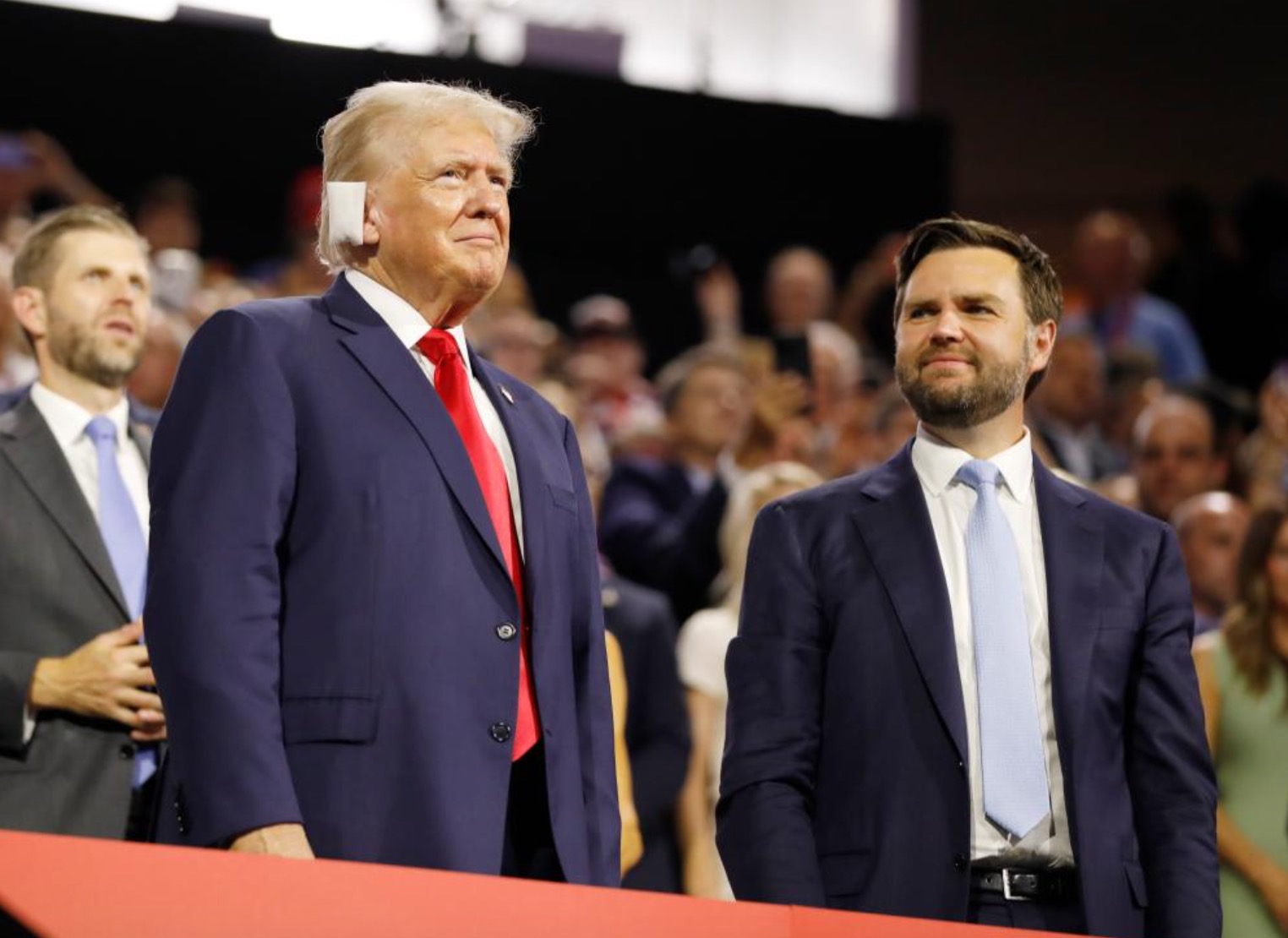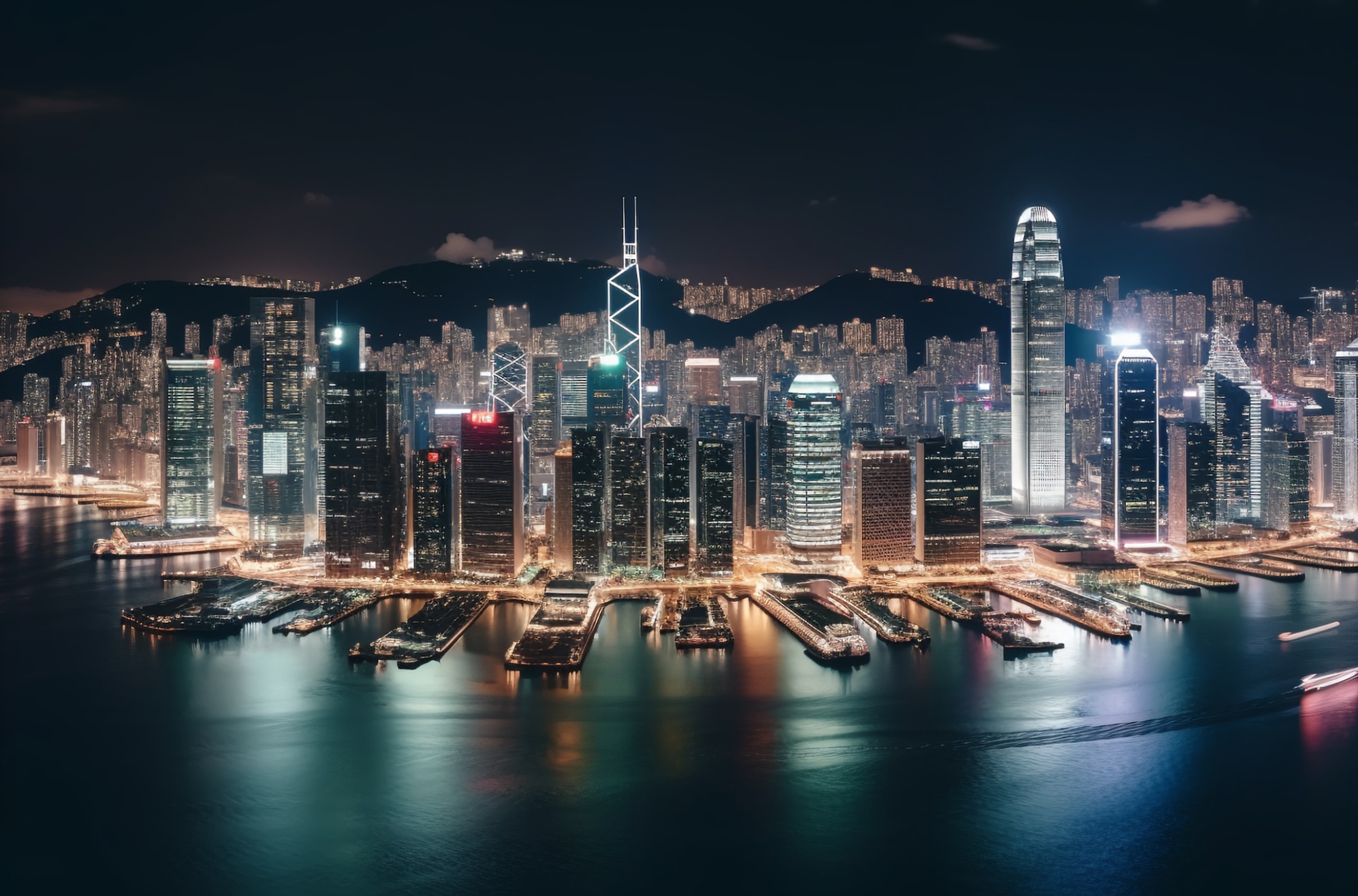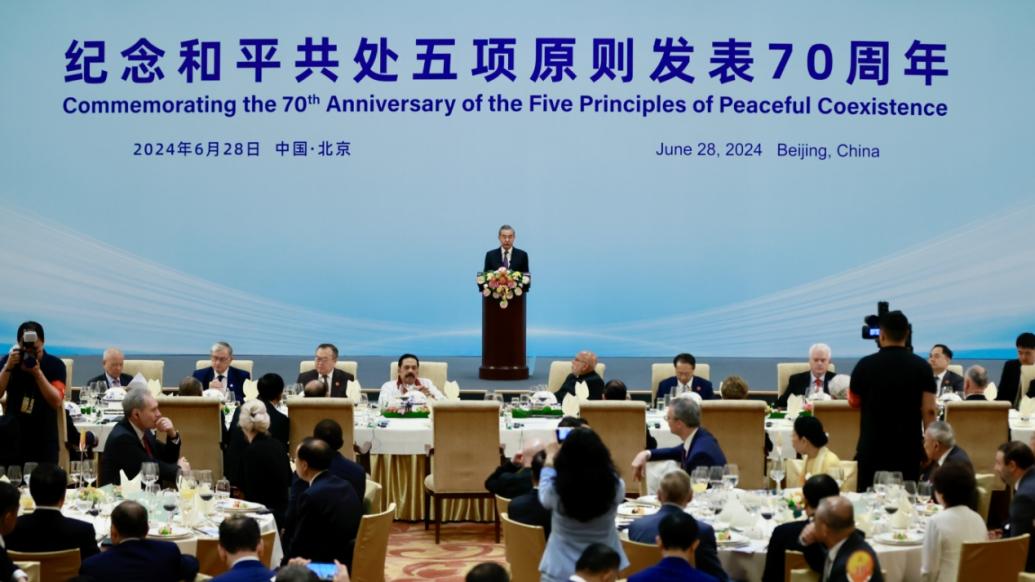
By Liu Xiaoxue
India's New Economic Situation and Trade Relations
At present, as the pandemic gradually subsides, major economies around the world are returning to growth, with the economies of China and India exhibiting new development trends. Considering the emerging features of India's economic development, this article aims to examine its recent shifts in economic policies and their impact on bilateral economic and trade relations. This analysis will enhance our understanding of India's development trends and identify opportunities for cooperation between the two countries.
India is accelerating its shift towards an export-oriented economic growth model. Previously, the "India model" was thought to chart a unique path, however, the prevailing opinion now aligns with the East Asian model that emphasizes exports, government intervention and industrialization. Notably, since 2011 India's trade dependency ratio has exceeded that of China’s. In 2022, India's ratio stood at 49% compared to China's 38%. Furthermore, the utilization of foreign capital in India is on the rise. In 2022, India's net inflow of foreign capital accounted for 1.5% of its GDP, exceeding China's 1%. In April 2023, India unveiled a new foreign trade policy, explicitly aiming to establish export processing zones at the county level, mirroring China's approach. The frequency of references to "China" in Indian government reports is on a steady uptick, indicating India’s comprehensive adoption of China's development strategies.
Previously, China experienced both capital and trade surpluses, yet it also faced risks of imbalance. As India's economy becomes more open, it raises the question of whether this will heighten investment and trade competition between the two countries. In attracting foreign investment, particularly in high-tech sectors, India faces challenges competing with China, as its economic and industrial structure are less conducive to high-tech investments. Regarding export market share, India's goods exports accounted for only 1.8% of the global share in 2022, compared to China’s 14.2%. Despite India’s vigorous promotion of the "Make in India" initiative, which aims to boost domestic manufacturing, this strategy may also limit its export capabilities. Consequently, the impact of India's economic rise on China remains relatively limited.
Following the pandemic, trade between China and India experienced a rapid rebound, only to experience a notable decline in 2022. This suggests that the rebound was merely a short-term anomaly induced by the pandemic. Reflecting on the past decade, the fundamental structure of China-India trade has remained consistent. However, there has been a rapid increase in India’s imports of high-tech products, such as electronic components, signifying an enhancement in India’s position within the industrial chain. This development poses long-term challenges to China, yet for India to directly replace China’s role in the global industrial chain remains a formidable challenge.
In the short term, India continues to depend on importing essential intermediate products from China, and its economic scale means that accumulating technologies in key areas will take time. Nevertheless, from the perspective of major power development strategies, India is bound to strive towards reducing its reliance on foreign trade. Yet, economic collaboration can often transcend political differences, and the consistent rapid growth of China-India trade serves as concrete evidence of this phenomenon.
In summary, in analyzing the new directions of India's economic development, it is insufficient to concentrate solely on alterations spanning one or two years. Instead, a long-term perspective should be adopted, incorporating both economic trends and political relations to form a comprehensive assessment of their implications for China. Currently, the beneficial effects of India’s economic development on China surpass the adverse impacts, necessitating further enhancement of economic cooperation between the two nations. However, China must also remain vigilant of the potential challenges posed by India's further rise and implement proactive countermeasures.




























Leave a Reply
Your email address will not be published. Required fields are marked *